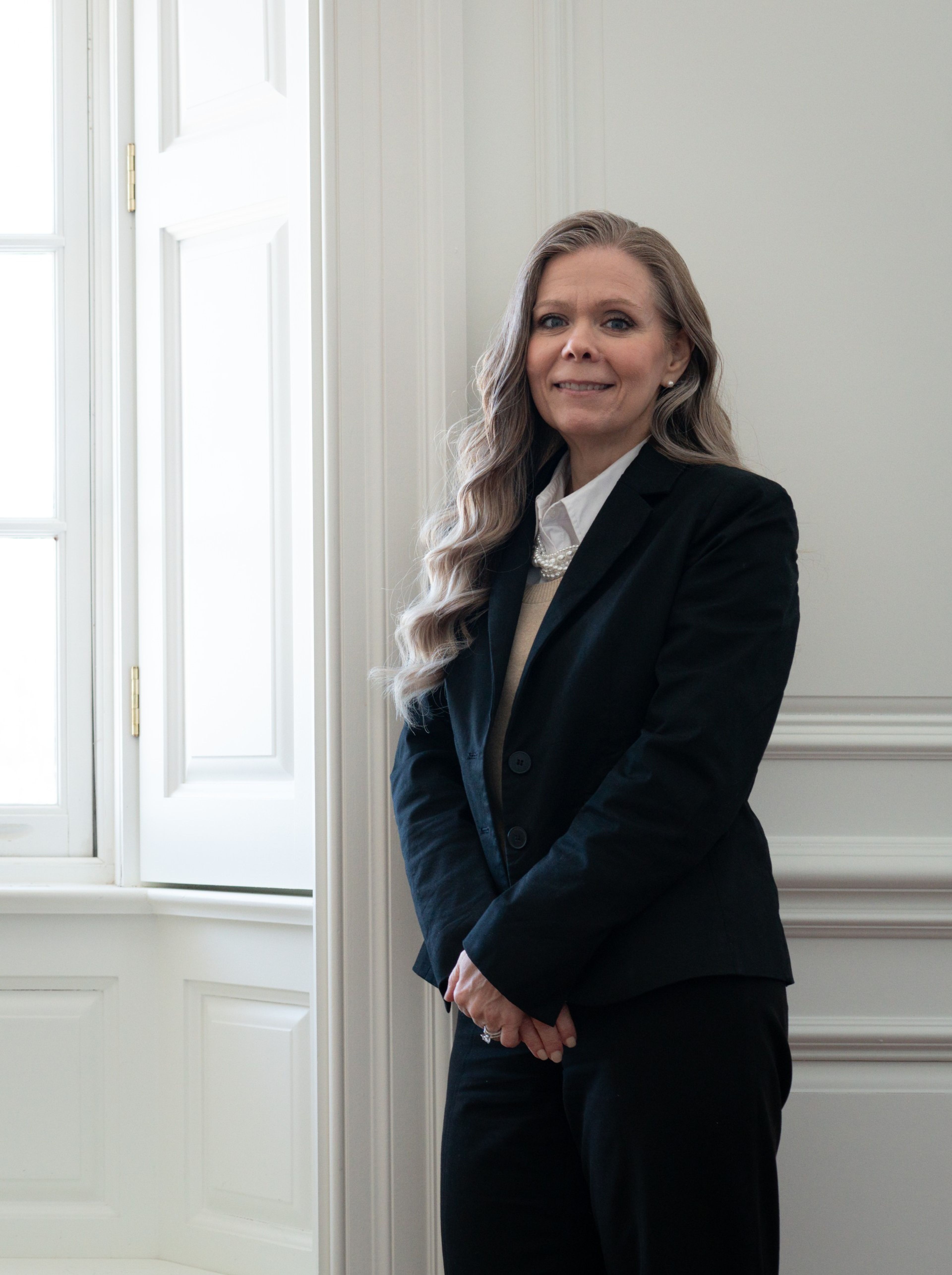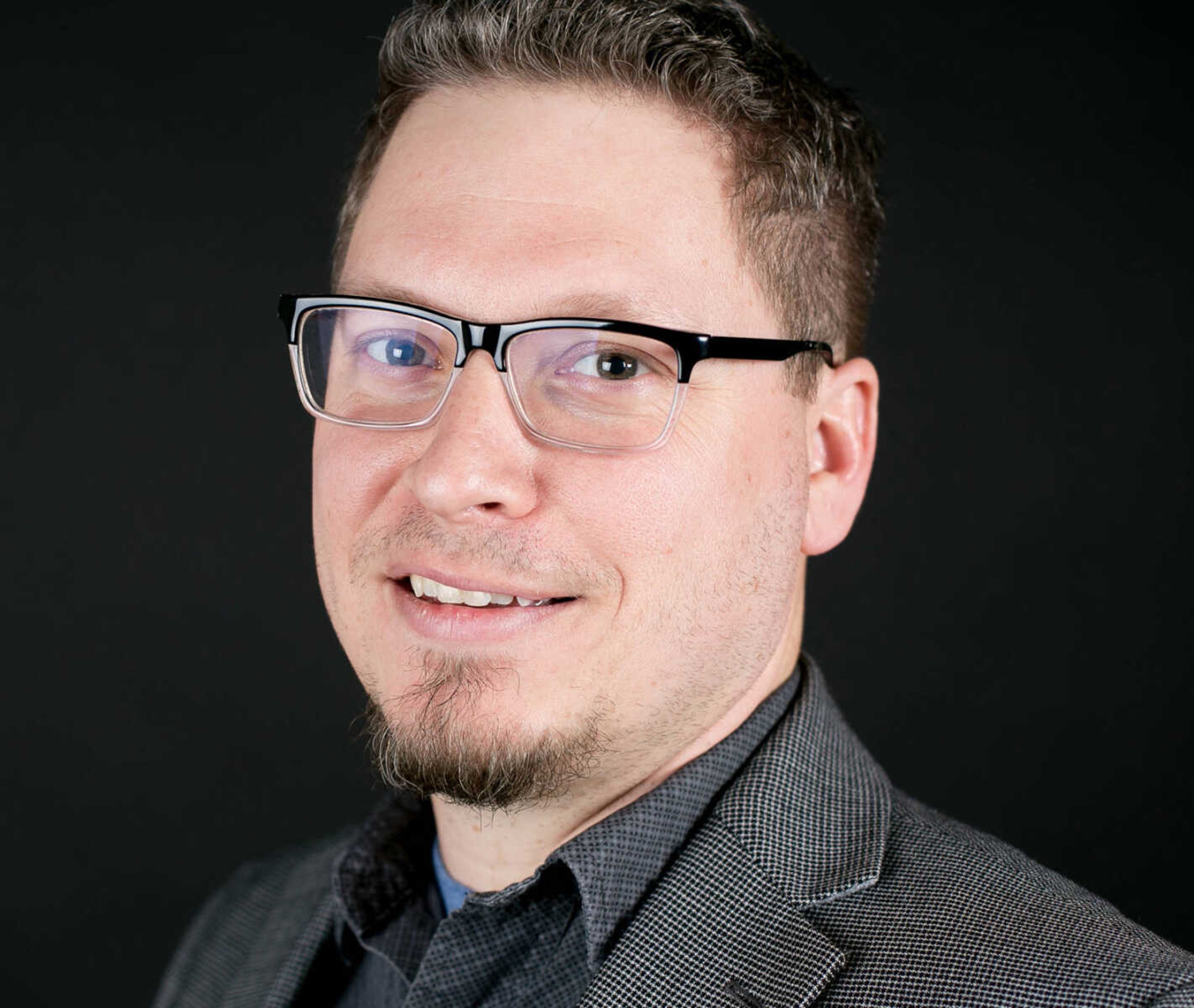Lessons learned from the COVID-19 pandemic: A public health perspective
Cape Girardeau's public health director reflects on the lessons from COVID-19, highlighting improved infrastructure, the impact of misinformation and the importance of community collaboration in future pandemics.
As part of covering health for the Southeast Missourian, I regularly check in with Autumn Grim, the director of the Cape Girardeau County Public Health Center. We talk about health issues on the horizon. During multiple conversations over the last couple of months, Grim has mentioned the winding down of the COVID-19 pandemic, both in terms of funding and its acute grip on our society.
In May of 2022, COVID-19 deaths surpassed 1 million in the United States, the equivalent to a 9/11 attack every day for 336 days, The Associated Press reported. At its peak, COVID-19 took the lives of 3,400 people a day. Three of every four deaths were people aged 65 or older.
But the pandemic was marred by more than physical sickness. Loneliness and isolation during shutdowns pulled many people into depression. Politics and anger loomed over the pandemic. For example, one prominent physician commented that Grim would be better off dead. An 11-year-old called local public nurses murderers at a board meeting. Public health officials in other counties received death threats, causing some to consider restraining orders or resign for fear for their safety. Social media was a breeding ground for hostility against public health officials. Grim herself was afraid to go out in public for more than a year after the height of the pandemic, not because she feared the virus, but violence.
Following a recent visit where Grim talked briefly about the COVID-19 era among several other topics, I reached out to her and asked her to put some of her thoughts in writing, noting that historians and journalists in future generations will refer back to this era and wonder what lessons were learned. Here are Grim’s responses, put in a Q&A format. Some of the answers were edited for brevity.
BM: You talked about how the COVID funding is winding down? Does this mean a contract ends soon? Can you explain?

AG: We have reached the ending stages of a worldwide pandemic. Reflection is always a necessary aspect of any major historical event that impacts not only our world but our humanity. While funding for COVID specific activities is coming to a close, the tools and methodology used during the COVID pandemic are forging new ways for us to approach global outbreaks of disease.
BM: You talked about how infrastructure was improved. Can you give a couple of examples of what that means?
AG: Initial funding sources for response to COVID focused on doing disease investigations and contact tracing. These activities helped us determine how the disease was moving in our populations. Over time that funding then moved to implementing preventative type activities to limit the spread of the disease. And lastly, after grappling with the broken surveillance systems, lack of coordinated communication across responding agencies and serious imbalances of manpower, funding has shifted to building infrastructure to aid us in future pandemics.
Public health experts are well-versed in diagnosing the health of the community through data collection and analysis. In order to understand the community dynamics, we can detect disease outbreaks with strong surveillance systems that help us create baselines or thresholds for normal disease occurrence in a population. These baselines help establish potential risk signals once those baselines are surpassed. Prior to COVID, many of those surveillance systems operated in silos and information gathering was fragmented. The development of new systems that allowed access for multiple responding agencies was established during the pandemic. The ability to share information became paramount during this time and it was apparent how important standardized data collection becomes. Visualization of that data became incredibly important as well during this time. The ability to see the data in an area helped inform decisions about risks to you and your health. Data dashboards became part of our everyday world whereas prior to COVID only larger agencies had the ability to produce these graphics. Data should inform decisions and that was never clearer than during COVID.
BM: Can we get a breakdown on how many people were diagnosed with COVID during the peak years in Cape Girardeau County? How many COVID vaccines have been administered through the public health department?
AG: While vaccinations remain a controversial intervention, it was one of the few interventions we had initially to a novel disease in a population that had no level of immunity. Funding was geared toward providing mass clinics that required extensive planning and follow-through. These clinics were on a scale much larger than anything witnessed during my career. During those peak years and through March of 2023 (point when most stopped reporting vaccination counts), Cape County had vaccinated 45,752 individuals. To put that into perspective, our health center will do an average of 8,000 total vaccinations per year, for the entire year. During peak COVID years we did twice as many and even three times as many vaccinations as we would typically do. We often partnered with local organizations such as other pharmacies to hold these mass clinics. Each clinic required huge amounts of effort and resources. It was truly a community-wide effort. I can say with absolute conviction that all of our partners stood with us to ensure that vaccinations were available to all those who wanted them.
In 2020, there were 7,754 cases reported in Cape Girardeau County; in 2021, that number fell a bit to 6,435, only to see the number explode in 2022 to 10,336 before falling to a low of 2,974 during 2023. Again, the sheer number of cases was overwhelming for our staff. The gravity of the situation coupled with the required response felt at times unbearable and exhaustion was a common companion in those early months. We all look back now and wonder how we did everything that was required of us.
BM: From a health perspective, what does the public need to know about COVID in its current form? Still dangerous? How seriously should we take it?
AG: COVID is now endemic in our populace and will forever be entrenched with us much like influenza. While it was initially an unfamiliar enemy that was highly feared it has become nothing more than a commoner amongst us now. Initially we predicted that a certain level of herd immunity would occur, and we have reached that point. There will no doubt be serious adaptations or mutations of the virus throughout time, but we know more about COVID. We have means to contain and limit its spread that we didn’t have initially. While I don’t recommend you put it on a shelf with little regard for the possibility, I also don’t recommend that you live your life in fear of it every day either.
BM: Would you be comfortable talking about how you and others received threats during the height of the pandemic? I'm assuming things have calmed down.
AG: As an epidemiologist, which was really my role in the event, I understand the predictability of disease. And I have repeated many times in my career that disease is very predictable; however, humans are not. This was felt in a way that has forever changed the fabric of public health as well as the heart of many of her practitioners. In all of our emergency preparedness efforts prior to COVID, it was never entertained that people might not want the intervention. That still baffles me to this day. Many epidemiologists and public health servants had their reputations challenged during the pandemic, which called into question our integrity. An offense that most have still not recovered from. I am by nature and by training a woman of science, bound by the pursuit of truth. My disagreement with a finding doesn’t negate the finding due to my discord with it. I have always prided myself on being open to opposing views and genuinely enjoy a good debate. I always listen to the other side with the notion that the other person might have knowledge that I don’t have, but that sentiment was not returned during these times. I am both open-minded enough and big enough to understand that in a time when an individual feels their life may be threatened, they will behave in a way that is less than admirable. However, the abuse that was sustained during the pandemic for civil servants has left a stain on my psyche, and I am not alone. A survey done during the pandemic illustrated the mental health challenges of all those that were caught in the sustained mire during the event. I witnessed a loss of empathy and discernment during COVID which truly marks our humanity in a way that we can only recover from in a positive trajectory in my opinion, no way out other than up in my mind.
BM: If there is anything else I'm not asking, but is interesting or important, please share.
AG: COVID changed the landscape of our social lives in ways that were likely unhealthy. As a public health practitioner, I would be remiss if I didn’t acknowledge some of the harmful things that happened during this time.
In our attempt to limit the spread of a terrible disease, we unknowingly fostered a widespread societal disease of loneliness, the likes of which we are still recovering from and will for years to come. We now have a greater understanding of what true health is and it includes those intangible things such as social connection.
Further, we should never treat disease as a political issue. I can assure you COVID, nor influenza or any disease for that matter, cares what political affiliations you might have. We should reach beyond partisan lines to extend courage in listening to our opponents and their “truth”. When the dictum becomes everyone is an expert, no one is an expert. As public health stewards, we must regain the public’s trust in illustrating our willingness to reach across those lines and continue the pursuit of truth, regardless of whether it matches our own confirmation bias. We must listen to all those with credible evidence that furthers our collective knowledge.
Connect with the Southeast Missourian Newsroom:
For corrections to this story or other insights for the editor, click here. To submit a letter to the editor, click here. To learn about the Southeast Missourian’s AI Policy, click here.











